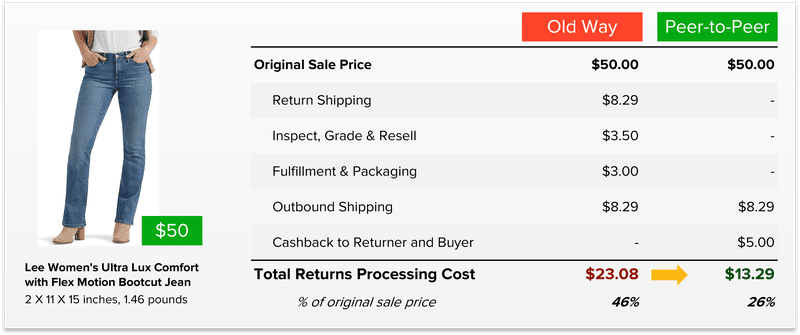Overcoming FBA Restrictions with Agile Fulfillment

Last updated on March 25, 2020

In this article
 10 minutes
10 minutes
Agile ecommerce order fulfillment alternatives to make the switch to FBM
Amazon Sellers are Awash with Disruptions
Last week the Amazon FBA (Fulfilled by Amazon) community was shaken by Amazon’s decision to restrict the kinds of inventory it’s receiving until April 5, 2020. Shipments of inventory turned away, and many FBA sellers left to fend for themselves amid the crisis. Many sellers who still have FBA inventory are panicking after seeing delivery dates pushed to April, and some items would even take a month to deliver. Many voiced concerns about losing an entire month of sales.
2021 Update: To learn about the latest FBA restrictions and to discover how to mitigate risk and maximize Amazon sales in Q4 and beyond, check our article and on-demand webinar on How To Improve Your IPI Score & Maximize Amazon Sales
Amazon SFP Sellers are Also Hitting Bumps
As merchants rush to convert their listings to Fulfilled by Merchant (FBM), some merchants on the Cahoot Order Fulfillment Network have reported that Amazon has started assigning weekend delivery dates to some Seller Fulfilled Prime (SFP) orders. It’s unclear at this time as to the reasons or which orders or merchants are impacted. One example is a medical supply Cahoot merchant in California. The merchant received several prime orders with a Saturday delivery deadline. Unfortunately, the only delivery option available through Amazon for the deadline was a $120 one-day air service for a $40 item. This is most likely a glitch in Amazon systems. Still, Sellers must fulfill these orders using expensive overnight shipping to maintain their good standing with Amazon or risk losing the SFP selling privileges.
Agile Ecommerce Order Fulfillment is the Present and the Future
COVID-19 situation has exposed a fundamental flaw of over-reliance on a single fulfillment channel. Just like an investor would diversify its portfolio between multiple asset classes, Amazon Sellers should not rely exclusively on FBA for their order fulfillment. There are order fulfillment options that are within your reach, and some of them can even be set up and running in a matter of days.
At Cahoot, we believe in agile order fulfillment that can quickly adapt to changes. Agile fulfillment requires three parts: (1) Flexibility, (2) Resilience, and (3) Scalability. Flexibility implies fulfillment that follows the money, so you can quickly adapt and make changes—for example, quickly adding order fulfillment capabilities in regions where demand is concentrated. If you get a surge of orders from California, having a fulfillment option regional or local to in California would help you lower shipping costs while speeding up deliveries. Flexibility also means the ability to shift fulfillment locations when demand patterns change naturally or as a result of new sales channels or marketing campaigns.
Resilience in ecommerce order fulfillment means making sure your pick, pack, and ship operations continue during disruptions. Major events like the Amazon FBA restriction won’t bring your business down if you have redundant fulfillment capabilities.
Scalability means ensuring your order fulfillment capacity can scale to support your business’ growth and downturn. Having multiple fulfillment options and the technologies that tie them all together can minimize disruptions as your business grow. The aim here is to right-size your operations to suit your business demands while optimizing costs
4 Order Fulfillment Alternatives for Amazon Sellers
Below are 4 popular agile order fulfillment options for sellers to consider.
Own Warehouse
Setting up order fulfillment operations within your own warehouse could be a reasonable stop-gap measure if you have the systems, supplies, and staff. This is a good redundancy strategy to continue selling if FBA goods ever go out of stock.
However, continuing to do order fulfillment using a single fulfillment center is unsustainable when compared to the cost and speed of FBA. Fulfilling 1-day or 2-day delivery prime orders from a single location is very costly. A guaranteed next-day express shipping service is four times the cost of an economical ground shipping.
Pros:
- Suitable for a temporary back-up option for FBA
- At full capacity utilization, order fulfillment can be very economical
- Complete control over your operations and full flexibility in how you package your items
Cons:
- Requires considerable time and resources to find, train and manage staff and day-to-day operations
- Limited coverage via Ground service to deliver orders within 1-Day and 2-Day
- Reaching and maintaining full capacity utilization year-round is very hard
- May not be suitable for Amazon orders if the Operations are brand new which can lead to unacceptance fulfillment defect rates
3PL (Third Party Logistics)
3PLs can provide flexibility by allowing you to add order fulfillment locations faster than building your own warehouses. Smaller 3PLs may be willing to offer lower prices to compensate for their limited coverage.
Smaller 3PLs are a good choice if you already have your own order fulfillment operations and are only looking for a new location to have better two-day ground coverage. Smaller 3PLs are often mom-and-pop operations with limited technology and capacity. Hence, limited in scalability. If you’re looking to offer free one- or two-day shipping across the U.S., working strictly with small 3PLs can be complicated. It may require working with multiple companies, integrating all of their systems to yours, and maintaining them regularly. Plus, you will not have the flexibility to re-calibrate your fulfillment in response to changing customer demand patterns. And, you will be impacted if your single 3PL site has to shut down or downsize their operations for whatever reason.
Pros:
- Add new locations to complement your own order fulfillment
- Access to discounted freight and parcel shipping rates negotiated by the 3PL
- Supports multichannel order fulfillment
Cons:
- Limited capacity and flexibility. They often require long-term contracts with a minimum volume commitment for favorable pricing.
- Limited technology to provide real-time visibility and intelligence into the orders and fulfillment
- Difficult to reliably achieve economical 1 or 2-day delivery nationwide.
- Support for Seller-Fulfilled Prime orders may be limited due to demanding SLAs and special requirements
On-Demand Warehousing
On-demand warehousing or 4PLs (Fourth Party Logistic Model) are services that manage multiple 3PLs so merchants can quickly add warehouses as needed. They help merchants find new warehouses that fit their location, timing, or special handling needs (e.g., hazmat, temperature-controlled, perishables, to name a few). Companies such as Flexe, Flowspace, and Ware2Go are platforms that connect 3PLs who have excess storage space with sellers who need them. 4PLs make it simpler for merchants to work with multiple 3PLs because merchants only need to integrate with the 4PL and have the flexibility of short-term space rentals (instead of the long-term commitment typically required by 3PLs).
4PLs generally provide customer support and additional services such as receiving inbound shipments, storage, pick-and-pack, and outbound shipping. But through multiple facilities in distributed geography instead of just one.
Like 3PLs above, merchants need to make sure the 3PLs they are working with are capable of offering 1-day or 2-day delivery nationwide. Not all 4PLs are geared toward fast and cost-effective B2C e-commerce order fulfillment as some tend to specialize in services such as bulk store replenishments, short-term storage facilities, or FBA inventory prep. Because 4PLs are primarily selling 3PL storage and fulfillment services, sellers have to figure out how to optimize their overall costs and business operations by themselves.
Pros:
- Only pay for warehouse space you need without the long-term commitment.
- Minimize complexity from integrating with multiple 3PLs to just one 4PL
- Storage fees may be cheaper than conventional 3PL models because warehouses on the platform mostly list their unused space.
- Supports multichannel orders
Cons:
- Does not specialize in Amazon eCommerce order fulfillment.
- Support for nationwide Amazon Seller-Fulfilled Prime (SFP) fulfillment could be unpredictable, where the performance metrics are very demanding and there is little to no room for errors.
- Space availability varies frequently and dependent on the 3PL partners who are simultaneously servicing their own clients and other platforms.
- Potentially more expensive than a traditional 3PL for eCommerce order fulfillment because both the warehouse and the platform need to make money.
Peer-to-Peer Order FulfillmentTM
Services like Cahoot offer Peer-to-Peer eCommerce Order fulfillmentTM, which is a hybrid between in-house fulfillment and 3PLs. It combines the flexibility and reach of a 4PL with the cost efficiency of in-house fulfillment. In the peer-to-peer model, ecommerce sellers exchange warehouse space and fulfillment services. Under this model, merchants who currently do their own order fulfillment can now work together in a coalition and offer free and fast shipping to each others’ customers wherever they may be located.
Peer–to–peer model offers the most agile order fulfillment because it connects ecommerce sellers to a network of trusted peers, thereby creating a very large network.
First, it provides unparalleled flexibility because online retailers can quickly and easily re-calibrate their fulfillment strategy and locations in response to their inventory demand graph as opposed to serving all customer orders from a fixed fulfillment configuration. This enables Amazon sellers to win the buy box more often and without undue compromise to their margins.
Second, it provides resilience because online sellers collaborate with multiple geographically distributed fulfillment nodes simultaneously on a large-scale global network. So if one partner falters, the merchant can still continue their operations without any business disruption.
Third, peer-to-peer order fulfillment provides high scalability due to the sheer number of high-performing members on the network who each has varying scales of warehouse capacity and resources.
Peer-to-peer’s workshare model allows for the lowest overall storage and order fulfillment costs compared to other options.It takes mere days to start having your stuff fulfilled through Cahoot, and you can get shipping in no time. To learn more or get started, contact us today.
Pros:
- Peer-to-peer gives brands and retailers access to the widest range of ecommerce order fulfillment locations, both domestic and international.
- Overall storage and fulfillment fees are the lowest because of its unique “workshare” model.
- Works with other merchants of repute who have a proven record of handling fast same-day SFP orders and defect-free operations.
- Scales easily and cost-effectively to support the most demanding SLAs
Cons:
- Not always a solution for newer merchants as acceptance into the network requires a proven track record of high-performance fulfillment that can be verified
- Does not offer custom branding or packaging inserts currently.
- Merchants may need to arrange for inbound freight to the receiving warehouses.
- Not suitable for drop-ship merchants or ones who carry just-in-time inventory.
Offer 1-day and 2-day shipping at ground rates or less.
Related Blog Posts
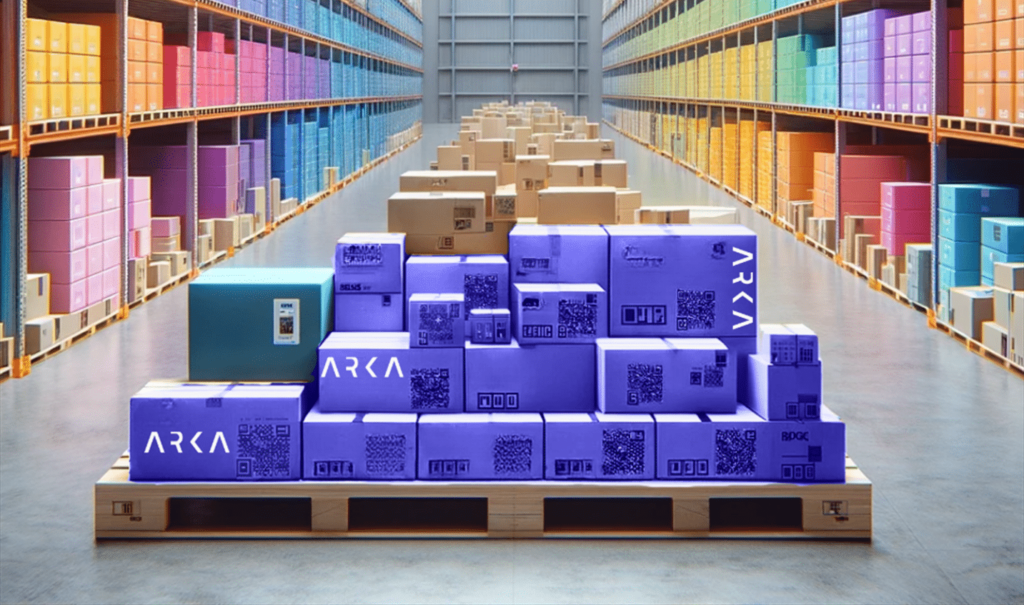
Packaging Design That Will Make Fulfillment Easy and Cut Costs
E-commerce Revolution with Strategic Packaging Solutions Like anyone in the e-commerce world, small business owners are always looking for ways to streamline their operations
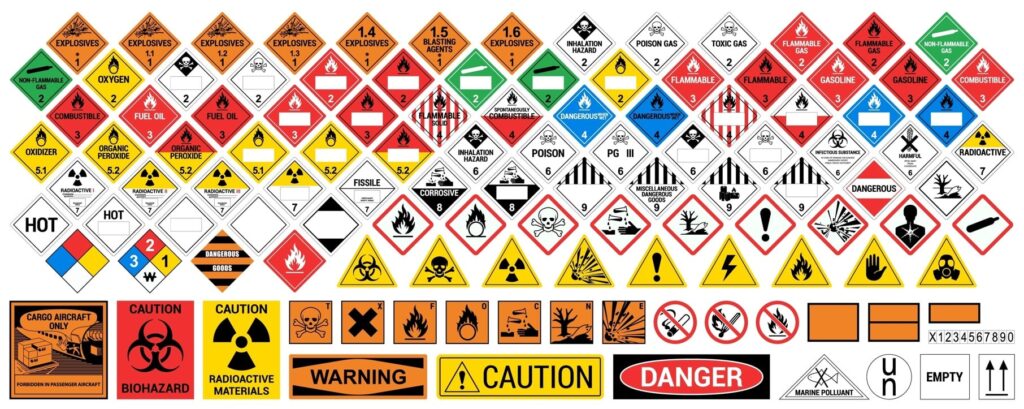
USPS Hazmat Shipping Guidelines – How to Ship Fast While Staying Compliant
Hazardous Materials What is a Hazardous Material? What Items Are HAZMAT? Classes of HAZMAT Items What Classes Can Ship on Various USPS Services?
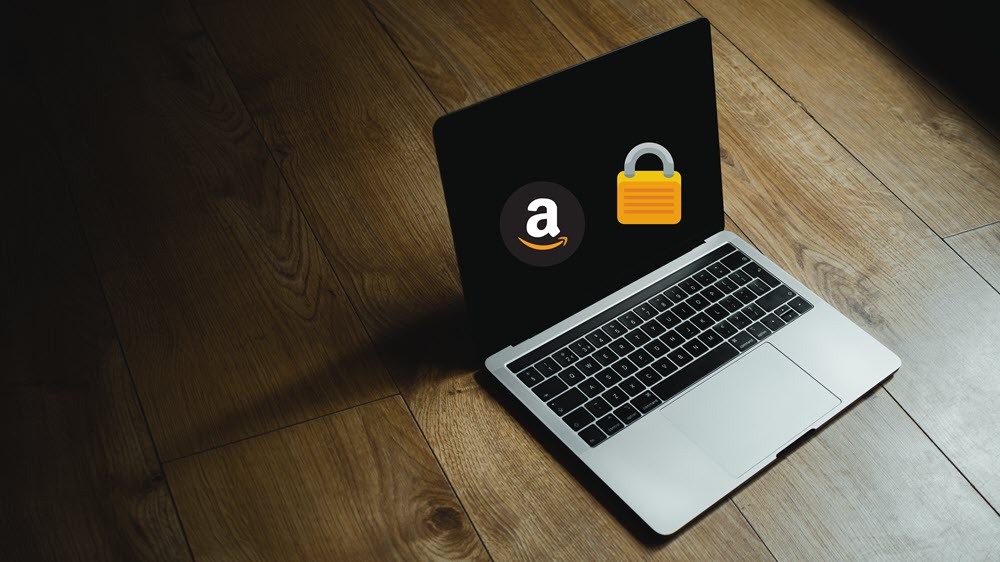
Protect Your Amazon Listings from Search Suppression, Hijackers, and Stockouts
Amazon is a competitive platform. You need to have a quality product, excellent listing content, and plenty of reviews to catch the attention of busy consumers
Up to 64% Lower Returns Processing Cost
